Pilot Reveals How To Survive An Airplane Crash
1. You Have Around 90 Seconds To Get Out Of The Plane: This Knowledge Will Help
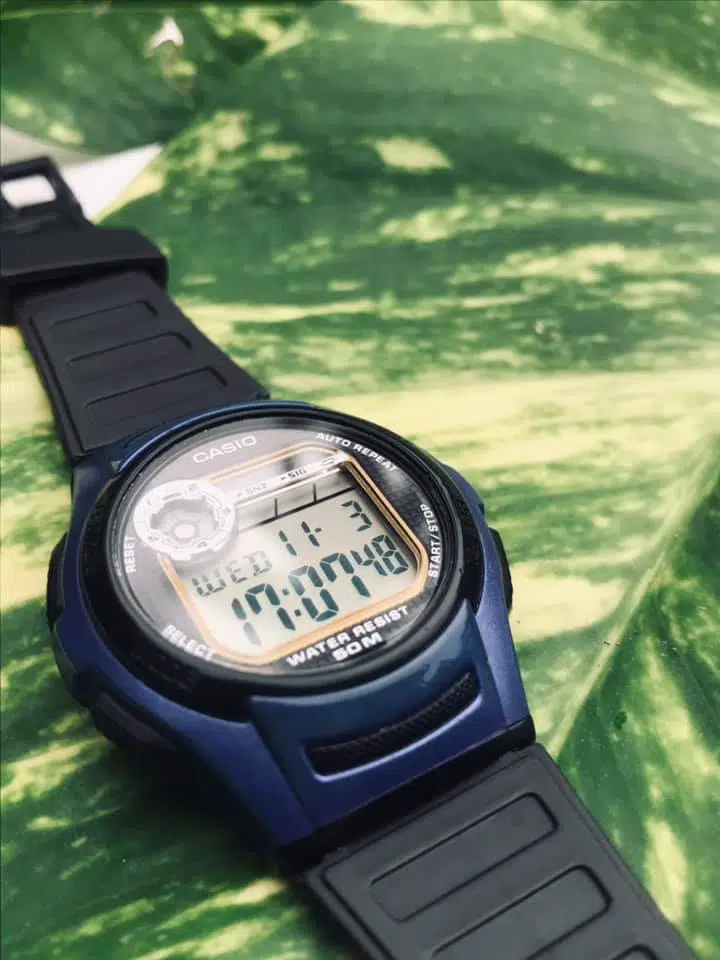 Image Source / WikipediaKnowing how long you have to make a decision and get moving will give you a better chance of surviving a plane crash. If you think you've got longer than you have, you put yourself at risk if you're not quick enough. If you've been lucky enough to survive the actual crash of the plane, you have 90 seconds to get out of it before it sets on fire.
Image Source / WikipediaKnowing how long you have to make a decision and get moving will give you a better chance of surviving a plane crash. If you think you've got longer than you have, you put yourself at risk if you're not quick enough. If you've been lucky enough to survive the actual crash of the plane, you have 90 seconds to get out of it before it sets on fire.Advertisement
2. It's The Resultant Fire That Actually Kills More People Than The Crash Itself
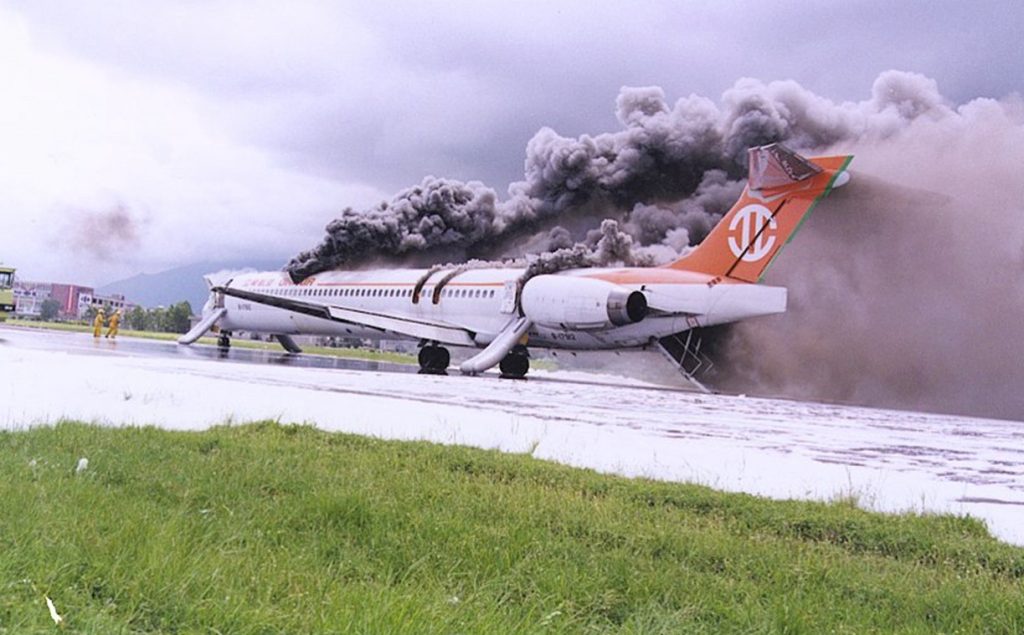 Image Source / WikipediaIf you've survived the crash itself, there's a high likelihood you'll now survive if you get out within 90 seconds, but it's surprising that it's the plane setting on fire that is responsible for more deaths than the crash itself. This is because many people, after surviving the crash, think they've made it and the worst part is over, which can mean they don't rush to get out of the wreck. But the fire that will start on the wreckage of the plane will spread quickly.
Image Source / WikipediaIf you've survived the crash itself, there's a high likelihood you'll now survive if you get out within 90 seconds, but it's surprising that it's the plane setting on fire that is responsible for more deaths than the crash itself. This is because many people, after surviving the crash, think they've made it and the worst part is over, which can mean they don't rush to get out of the wreck. But the fire that will start on the wreckage of the plane will spread quickly.Advertisement
3. It Only Takes Those 90 Seconds For The Fire To Consume The Whole Plane
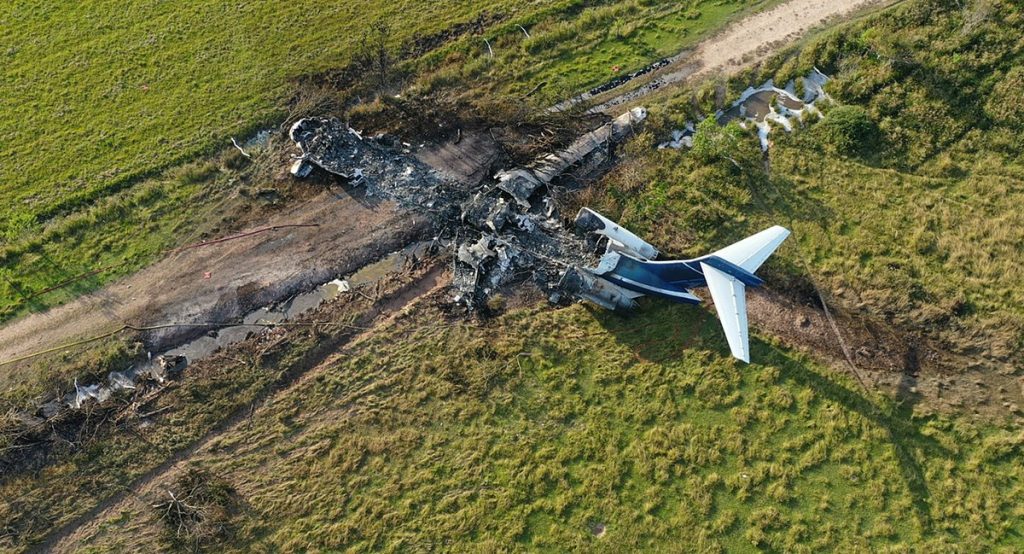 Image Source / WikipediaAfter a crash, it's actually been revealed through surveys that most people think they have around half an hour to get out of the crashed plane to safety. This is a very long amount of time when you think about it, and it's no surprise most people will stay on board a while to process what's happened. But it only takes a minute and a half for a fire to spread completely - burning the plane, and everything in it.
Image Source / WikipediaAfter a crash, it's actually been revealed through surveys that most people think they have around half an hour to get out of the crashed plane to safety. This is a very long amount of time when you think about it, and it's no surprise most people will stay on board a while to process what's happened. But it only takes a minute and a half for a fire to spread completely - burning the plane, and everything in it.Advertisement
4. Be In Shape
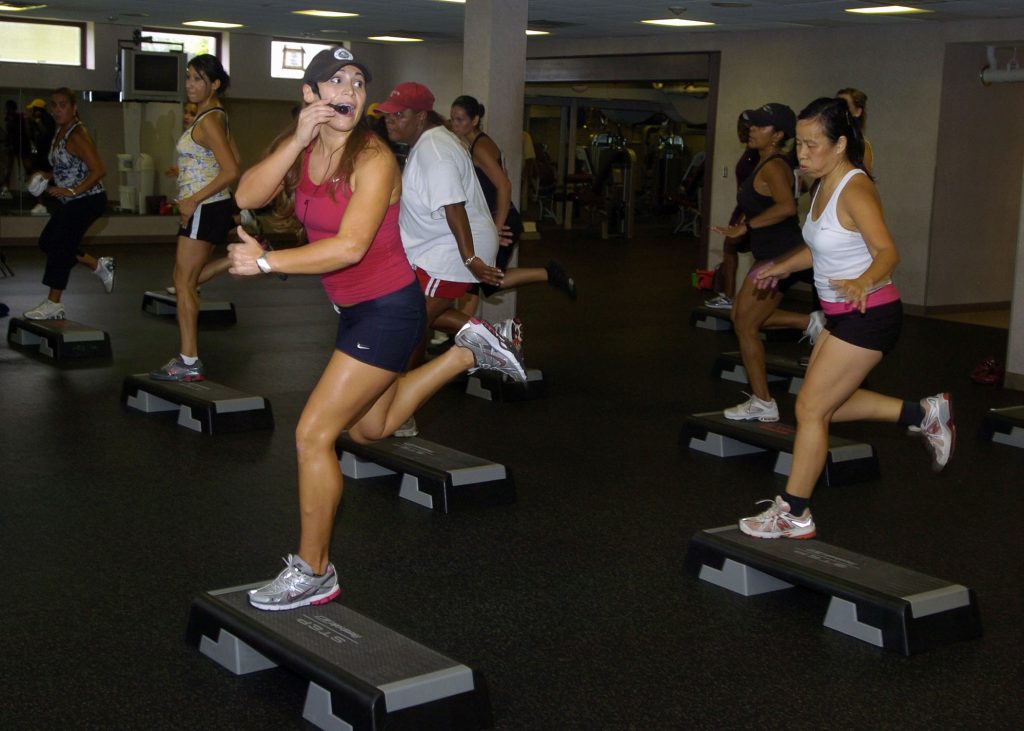 Image Source / WikipediaThis isn't anything to do with body shaming - it's actually a fact. The more in-shape you are means you have a better chance of moving quickly through the debris of a plane crash to get off the plane to safety, including having to climb over everything or move heavy things in your way. The more out of shape you are, the longer that physical exertion is going to take!
Image Source / WikipediaThis isn't anything to do with body shaming - it's actually a fact. The more in-shape you are means you have a better chance of moving quickly through the debris of a plane crash to get off the plane to safety, including having to climb over everything or move heavy things in your way. The more out of shape you are, the longer that physical exertion is going to take!Advertisement
5. And Also Be Slim
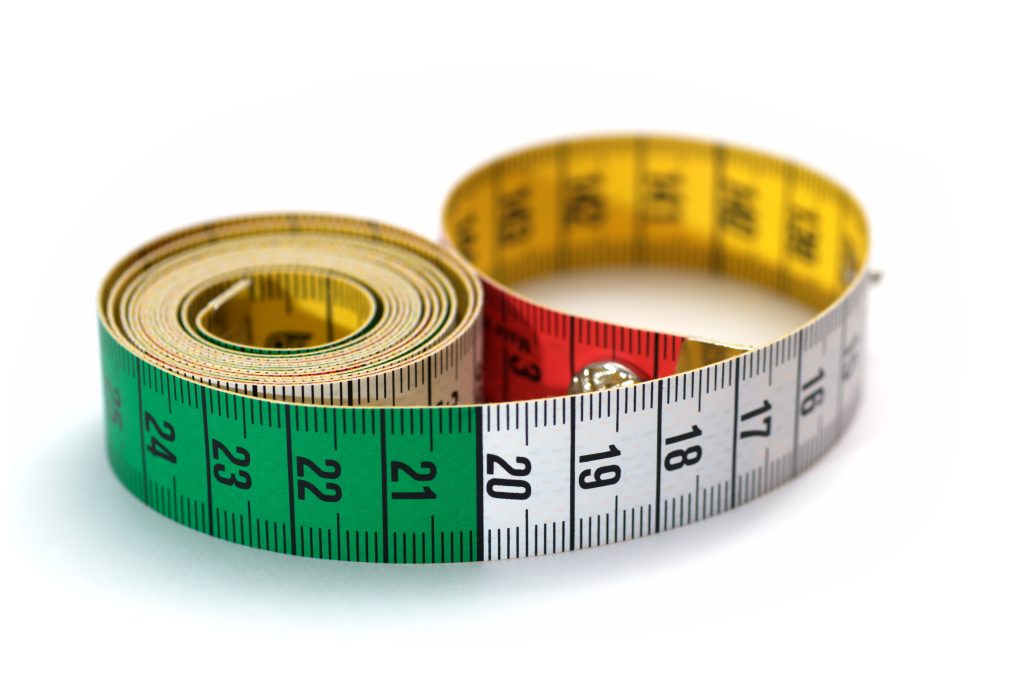 Image Source / WikipediaThis one is also key, because it's not just about being in shape. So say you're very athletic and healthy but you have muscles the size of Arnold Schwarzenegger - that's actually going to work against you. When you're trying to climb out of a plane wreckage, there might be very small spaces you need to move through (think how narrow a plane aisle is anyway, and then add luggage and wreckage to that). So the slimmer you are (meaning without both huge muscles or fat), the more of a chance you have!
Image Source / WikipediaThis one is also key, because it's not just about being in shape. So say you're very athletic and healthy but you have muscles the size of Arnold Schwarzenegger - that's actually going to work against you. When you're trying to climb out of a plane wreckage, there might be very small spaces you need to move through (think how narrow a plane aisle is anyway, and then add luggage and wreckage to that). So the slimmer you are (meaning without both huge muscles or fat), the more of a chance you have!Advertisement
6. Don't Get Stuck Behind Someone Who Is Fat Or Out Of Shape
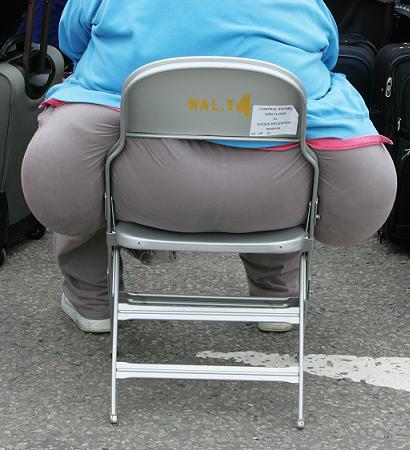 Image Source / Simple WikipediaAnd, of course, if you're unable to move through narrow aisles or climb through wreckage quickly enough, you're going to cause a traffic jam for people behind you flocking to the emergency exit. Obviously this one might be out of your control, but if you can make it to an emergency exit before anyone who's on the bigger side, you've more of a chance of not getting delayed stuck behind them - which can cause more deaths, unfortunately.
Image Source / Simple WikipediaAnd, of course, if you're unable to move through narrow aisles or climb through wreckage quickly enough, you're going to cause a traffic jam for people behind you flocking to the emergency exit. Obviously this one might be out of your control, but if you can make it to an emergency exit before anyone who's on the bigger side, you've more of a chance of not getting delayed stuck behind them - which can cause more deaths, unfortunately.Advertisement
7. Which Means You're Actually Helping Other People The More In-Shape You Are!
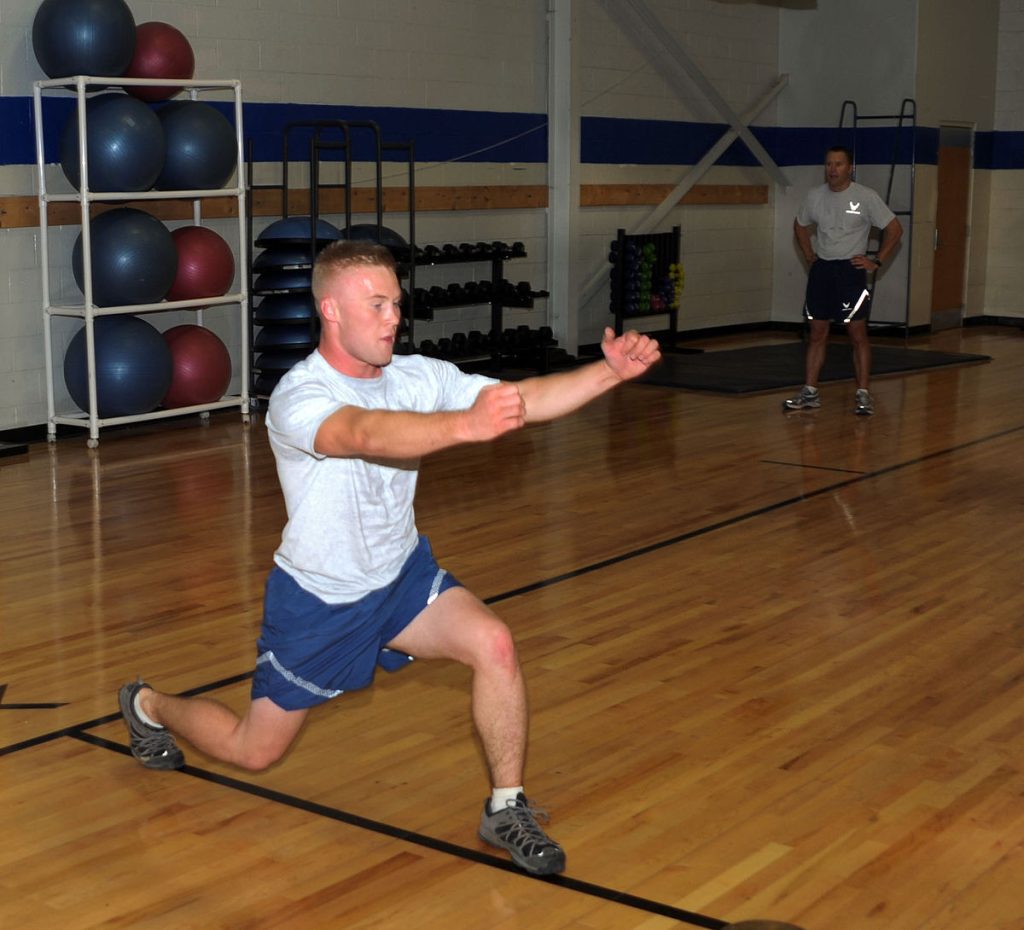 Image Source / WikipediaWith this in mind, you don't want to be the one responsible for holding everyone up and causing more deaths from people stuck behind you because they can't get past. The emergency exits themselves are very small, which means if you're too big to even get through them, nobody in the narrow aisles behind you is going to be able to get past you to the exit. So in being slimmer and more in shape, you're helping others survive as well as yourself!
Image Source / WikipediaWith this in mind, you don't want to be the one responsible for holding everyone up and causing more deaths from people stuck behind you because they can't get past. The emergency exits themselves are very small, which means if you're too big to even get through them, nobody in the narrow aisles behind you is going to be able to get past you to the exit. So in being slimmer and more in shape, you're helping others survive as well as yourself!Advertisement
8. Try Not To Freeze Up
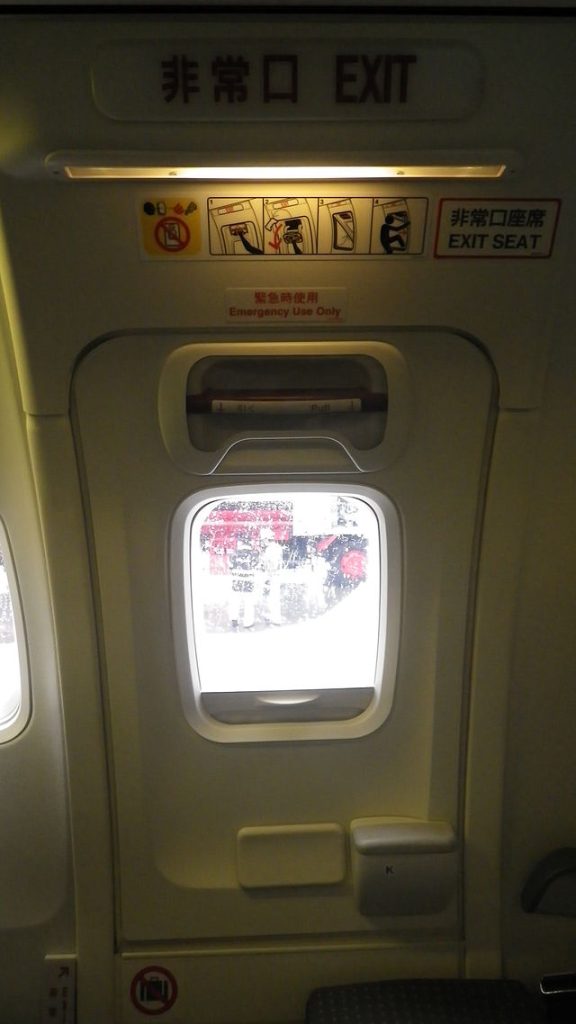 Image Source / WikipediaThis one can sound easier said than done when you're faced with a horrific plane crash, and we know that when someone says 'don't panic' you're more likely to... you know, panic. But this can also be a fatal decision if you decide to freeze up in the middle of the aisle, or at the door of the emergency exit. This hesitation can hold up everyone behind you waiting to get out, and you may not all make it because of the delay.
Image Source / WikipediaThis one can sound easier said than done when you're faced with a horrific plane crash, and we know that when someone says 'don't panic' you're more likely to... you know, panic. But this can also be a fatal decision if you decide to freeze up in the middle of the aisle, or at the door of the emergency exit. This hesitation can hold up everyone behind you waiting to get out, and you may not all make it because of the delay.Advertisement
9. Choose Bigger Planes When Flying, If Possible
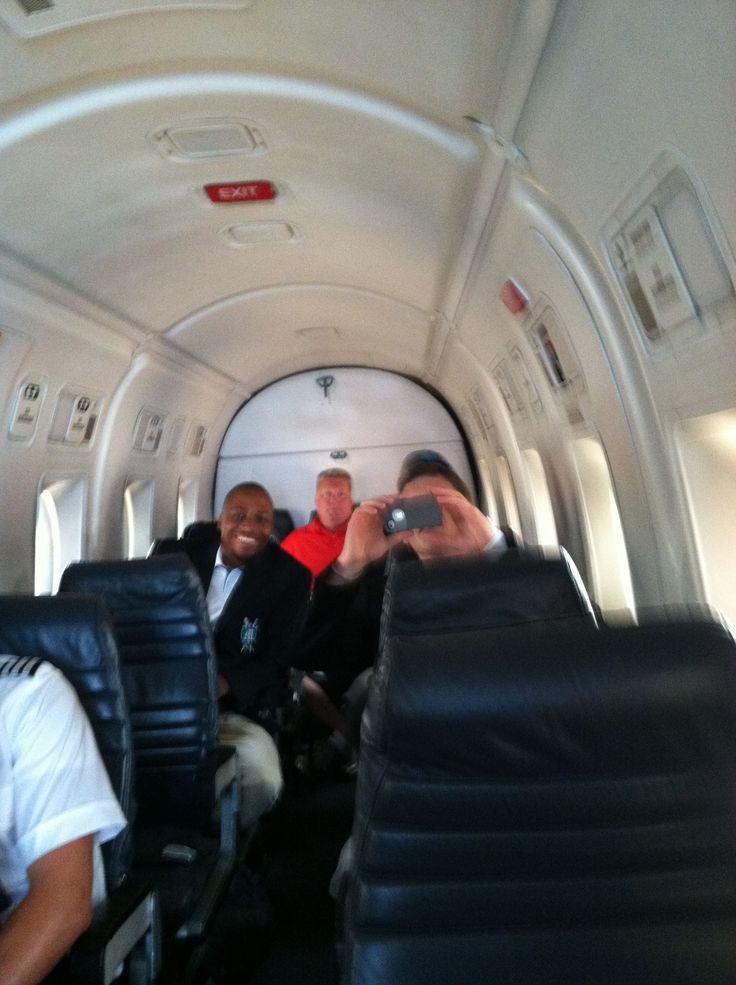 Image Source / WikipediaSometimes you have to take what you're given, but if you have a choice between a bigger and smaller plane, go for the bigger. This is because bigger planes are more likely to absorb shock better on impact in a crash, which means it could reduce the risk of deadly force you're up against as a passenger. This could help you survive.
Image Source / WikipediaSometimes you have to take what you're given, but if you have a choice between a bigger and smaller plane, go for the bigger. This is because bigger planes are more likely to absorb shock better on impact in a crash, which means it could reduce the risk of deadly force you're up against as a passenger. This could help you survive.Advertisement
10. Go For A National Airline Instead Of Regional
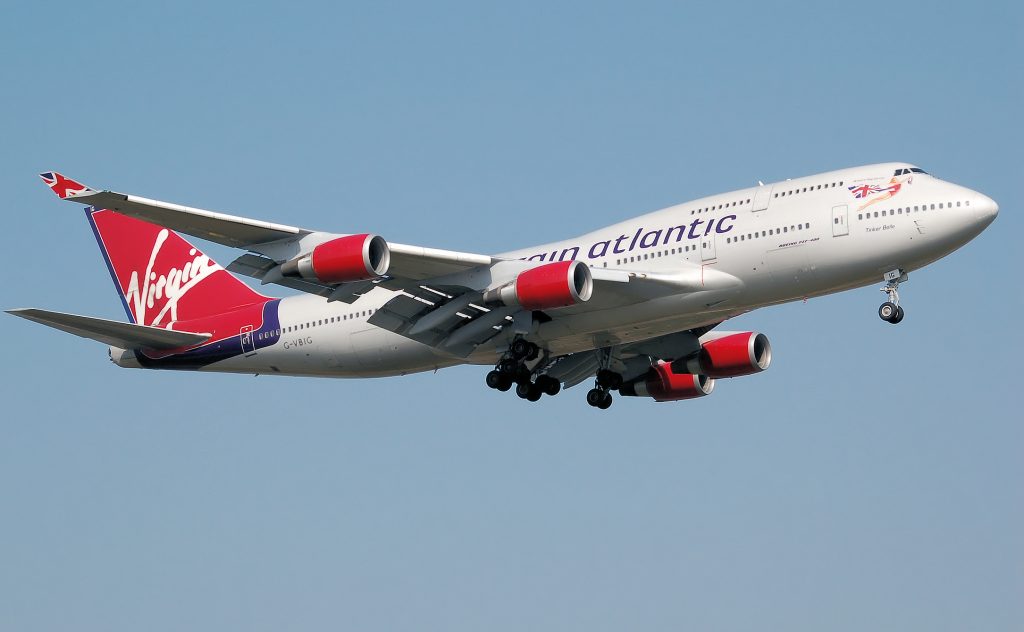 Image Source / Simple WikipediaNational airlines will have more experienced pilots, with a better shift schedule to share the load. Regional airlines, on the other hand, can often have less experience and also have their pilots overworked from longer shifts. This can increase the risk of accidents happening with regional airlines, as well as the fact regional airplanes are usually smaller.
Image Source / Simple WikipediaNational airlines will have more experienced pilots, with a better shift schedule to share the load. Regional airlines, on the other hand, can often have less experience and also have their pilots overworked from longer shifts. This can increase the risk of accidents happening with regional airlines, as well as the fact regional airplanes are usually smaller.Advertisement
11. Don't Automatically Go For The Back Of The Plane
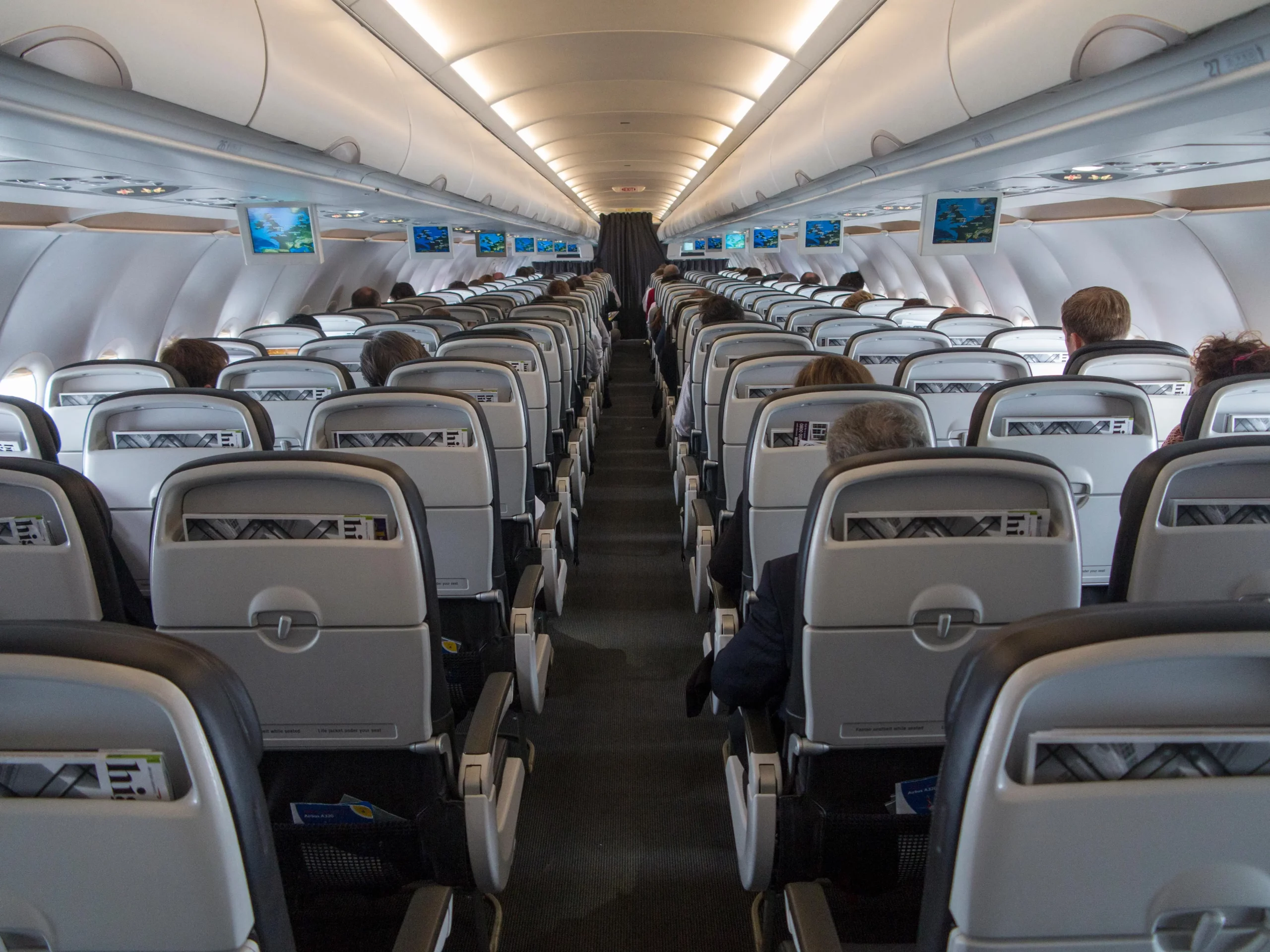 Image Source / WikipediaIt's one of those things most people have heard at least once: that the back of the plane is the safest place to choose your seat, but it's not necessarily the case. There have been a lot of studies on the safest place to sit, which have suggested that the back of the plane is a good choice, but it all depends on the plane and the type of crash. There's always the potential for a plane to crash back-end first, after all!
Image Source / WikipediaIt's one of those things most people have heard at least once: that the back of the plane is the safest place to choose your seat, but it's not necessarily the case. There have been a lot of studies on the safest place to sit, which have suggested that the back of the plane is a good choice, but it all depends on the plane and the type of crash. There's always the potential for a plane to crash back-end first, after all!Advertisement
12. Use The Five Row Rule
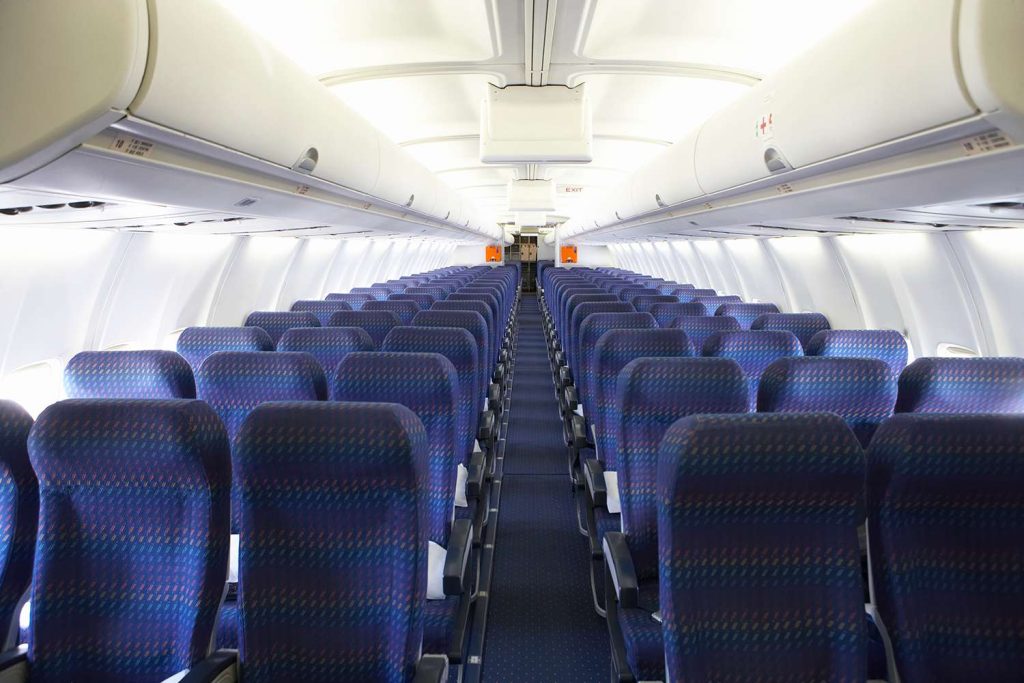 Image Source / TripSavvyThe Five Row Rule is the best thing to try and follow when you're booking your plane seat. This basically means that if you're within five rows of the exit - either in front of it or behind it - you've a better chance of making it to the exit in the event of a crash, and more of a chance of surviving.
Image Source / TripSavvyThe Five Row Rule is the best thing to try and follow when you're booking your plane seat. This basically means that if you're within five rows of the exit - either in front of it or behind it - you've a better chance of making it to the exit in the event of a crash, and more of a chance of surviving.Advertisement
13. Or Get As Close To An Exit As You Can
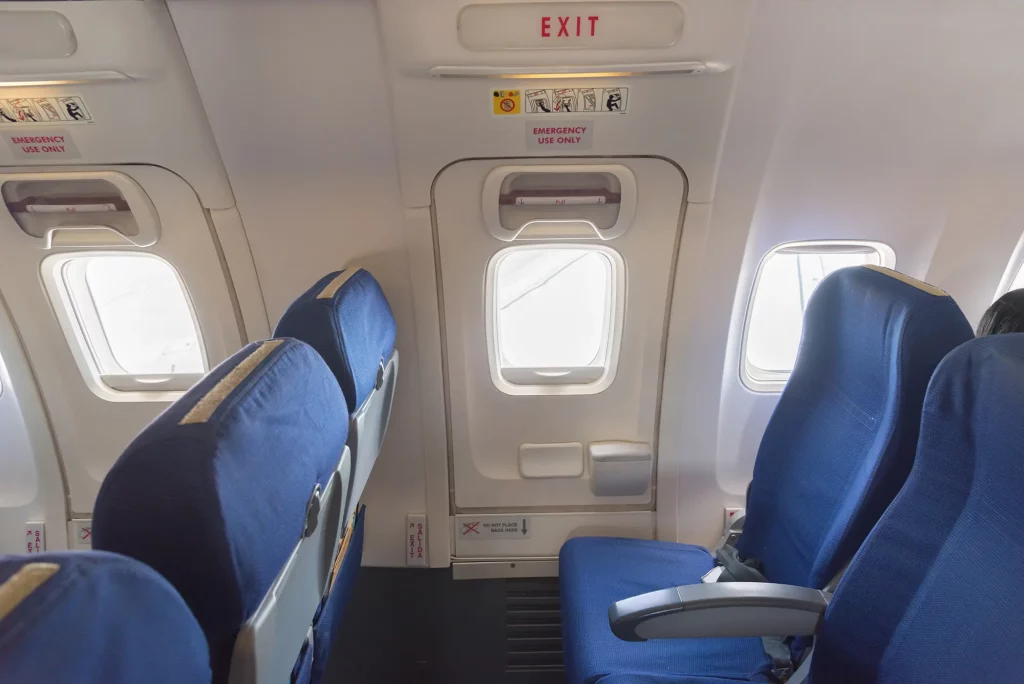 Image Source / New York PostObviously this becomes difficult when every passenger is thinking the same thing, so those key rows might already be booked up when you come to choose your seat. If you can't get within five rows, then at least try to book a seat as close to an exit as you can to give yourself a better chance.
Image Source / New York PostObviously this becomes difficult when every passenger is thinking the same thing, so those key rows might already be booked up when you come to choose your seat. If you can't get within five rows, then at least try to book a seat as close to an exit as you can to give yourself a better chance.Advertisement
14. Get A Seat On The Exit Row If Possible
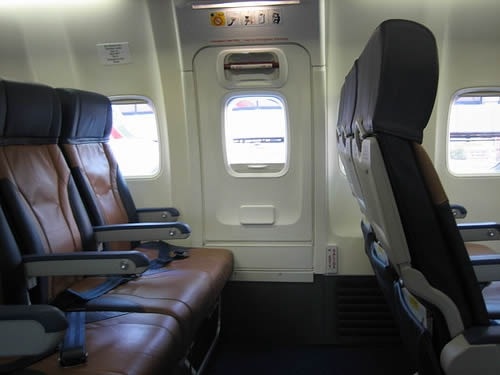 Image Source / These Gold WingsFollowing the Five Row Rule is all well and good, but what you really need to do if you can is get a seat on the actual exit row if that row is available when you come to book your flight. This means you're directly next to the exit door, which is always good in the event of a crash so you can get off as quickly as possible.
Image Source / These Gold WingsFollowing the Five Row Rule is all well and good, but what you really need to do if you can is get a seat on the actual exit row if that row is available when you come to book your flight. This means you're directly next to the exit door, which is always good in the event of a crash so you can get off as quickly as possible.Advertisement
15. Choose An Aisle Seat
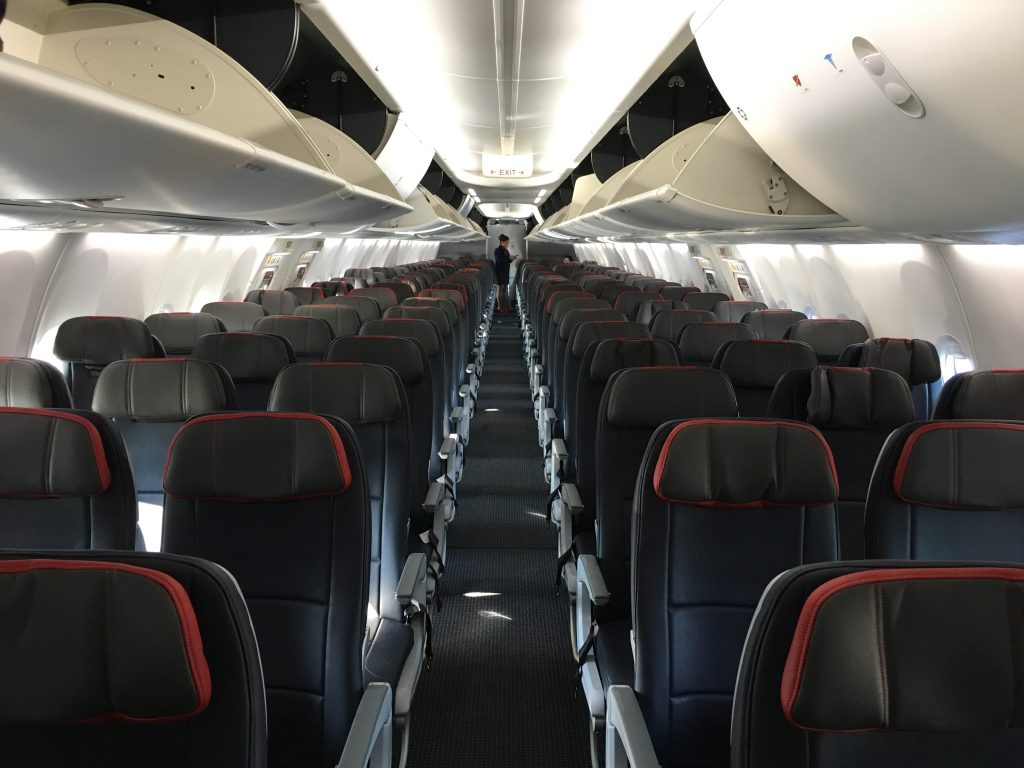 Image Source / WikipediaAh, the famous debate of whether you're an aisle person or a window person! Window seats are always great when you're excited about a vacation and want to look out of the window as you're coming in to land at your destination. Or maybe you just like watching the plane take off. But window seats aren't the best in the event of a crash. An aisle seat will give you a better chance of survival.
Image Source / WikipediaAh, the famous debate of whether you're an aisle person or a window person! Window seats are always great when you're excited about a vacation and want to look out of the window as you're coming in to land at your destination. Or maybe you just like watching the plane take off. But window seats aren't the best in the event of a crash. An aisle seat will give you a better chance of survival.Advertisement
16. Don't Choose A Bulkhead Row Seat
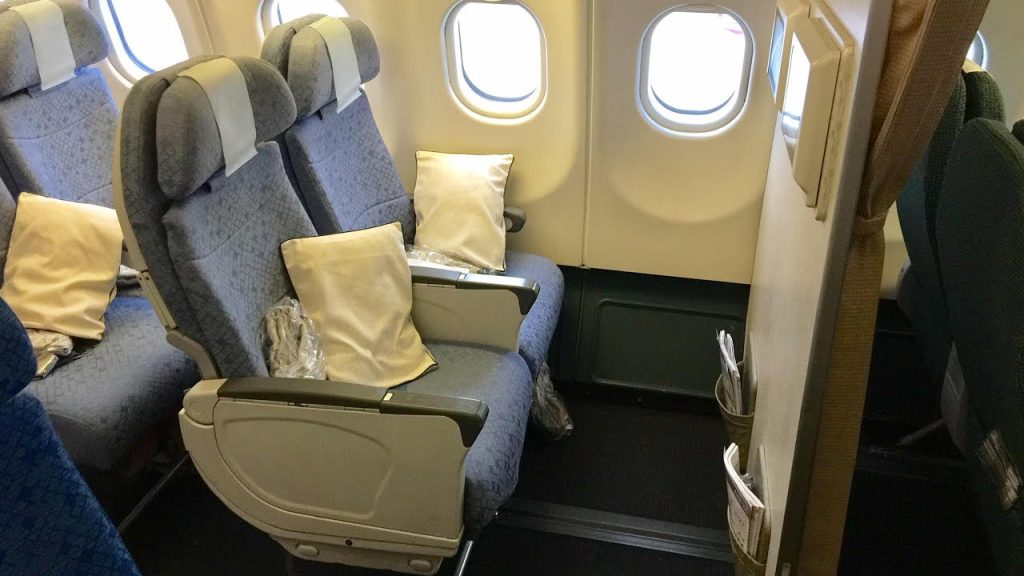 Image Source / C Boarding GroupThe bulkhead row is always appealing to those who want a bit more legroom and don't want someone directly in front of them. But, actually, in the event of a crash, the bulkhead divide is more of a risk. This is because seats in front of you instead of that plastic panel could provide more protection on impact than those bulkhead dividers.
Image Source / C Boarding GroupThe bulkhead row is always appealing to those who want a bit more legroom and don't want someone directly in front of them. But, actually, in the event of a crash, the bulkhead divide is more of a risk. This is because seats in front of you instead of that plastic panel could provide more protection on impact than those bulkhead dividers.Advertisement
17. Definitely Do Not Look For Your Luggage
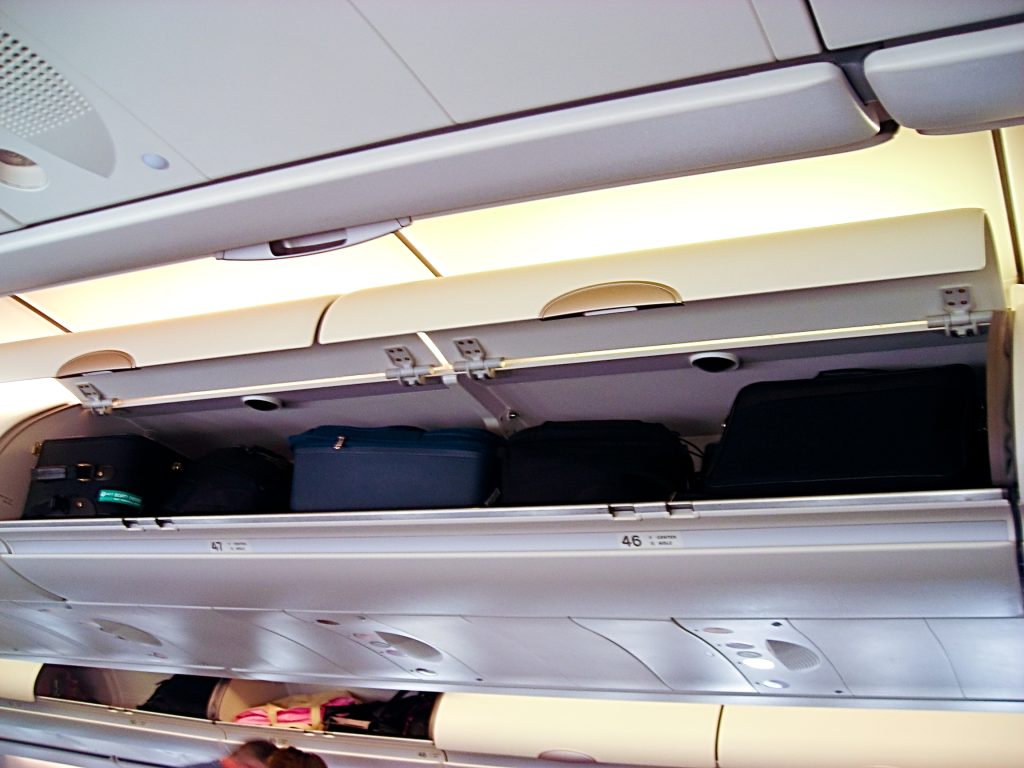 Image Source / WikipediaIt's actually interesting how many people will try to do this. If the plane hasn't immediately burst into flames on impact, it's very common to think everything will be okay and you have time to quickly check for your luggage so you can take it off the plane with you as you look for escape. Don't! The time it takes you to look for luggage could not only be the only time you have to get out, but could hold everyone else up.
Image Source / WikipediaIt's actually interesting how many people will try to do this. If the plane hasn't immediately burst into flames on impact, it's very common to think everything will be okay and you have time to quickly check for your luggage so you can take it off the plane with you as you look for escape. Don't! The time it takes you to look for luggage could not only be the only time you have to get out, but could hold everyone else up.Advertisement
18. You Need To Spring Into Immediate Action
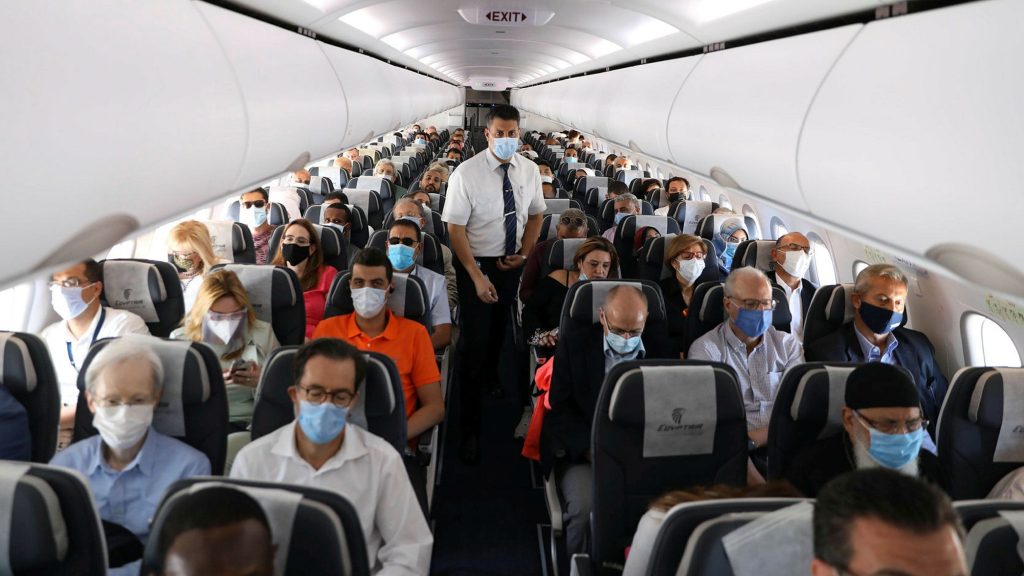 Image Source / Financial TimesThis may sound obvious, but once again, the fact you've survived the crash itself can make a lot of people move around slower or just try to take everything in. Or even start believing that it's not so bad and they've time to get out. Without a doubt, do not potter about slowly and get the heck out of there.
Image Source / Financial TimesThis may sound obvious, but once again, the fact you've survived the crash itself can make a lot of people move around slower or just try to take everything in. Or even start believing that it's not so bad and they've time to get out. Without a doubt, do not potter about slowly and get the heck out of there.Advertisement
19. Seriously, It Can Be Life Or Death
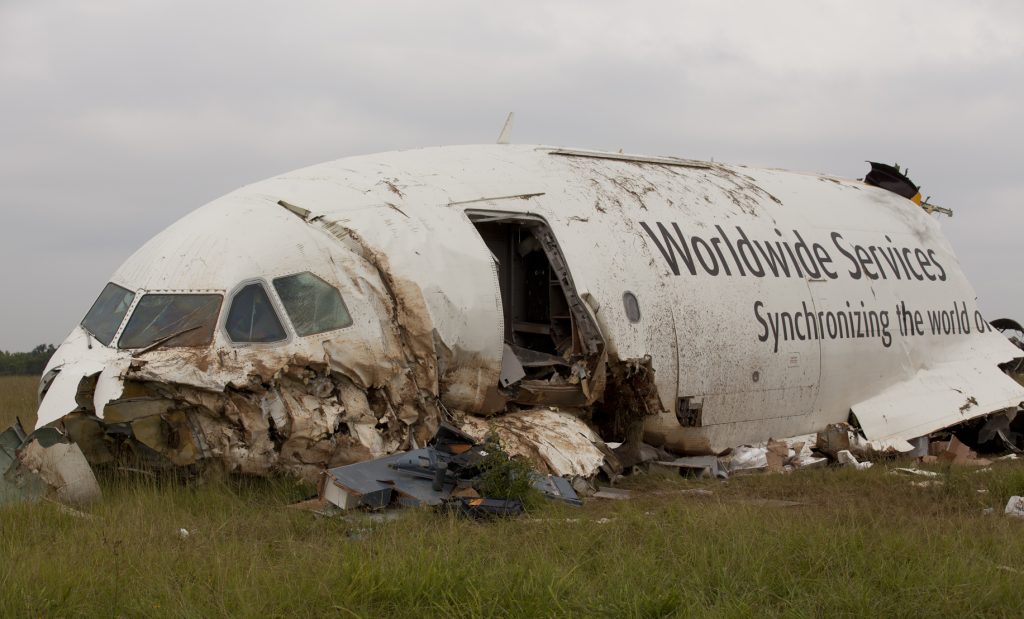 Image Source / WikipediaOne example of this is a previous plane crash when two jumbo jets collided in the air. One plane exploded on impact, but the other did not. One of the survivors of this crash, who immediately unbuckled his seat belt and went straight for the exit, actually reported how many people just sat in their seats after surviving the initial crash. More people would have survived if they'd done what he did and left straight away.
Image Source / WikipediaOne example of this is a previous plane crash when two jumbo jets collided in the air. One plane exploded on impact, but the other did not. One of the survivors of this crash, who immediately unbuckled his seat belt and went straight for the exit, actually reported how many people just sat in their seats after surviving the initial crash. More people would have survived if they'd done what he did and left straight away.Advertisement
20. Have Your Own Action Plan
 Image Source / RedditWe all know those safety presentations the cabin crew go through when you board a plane about what to do in the event of an emergency - but to avoid being too slow or sitting in your seat after a crash for too long, it's good to have your own action plan, too. This means making one every time you step onto a new plane by assessing your surroundings and deciding what you'd do.
Image Source / RedditWe all know those safety presentations the cabin crew go through when you board a plane about what to do in the event of an emergency - but to avoid being too slow or sitting in your seat after a crash for too long, it's good to have your own action plan, too. This means making one every time you step onto a new plane by assessing your surroundings and deciding what you'd do.Advertisement
21. Have A Good Look At The Plane You're On As Soon As You Board
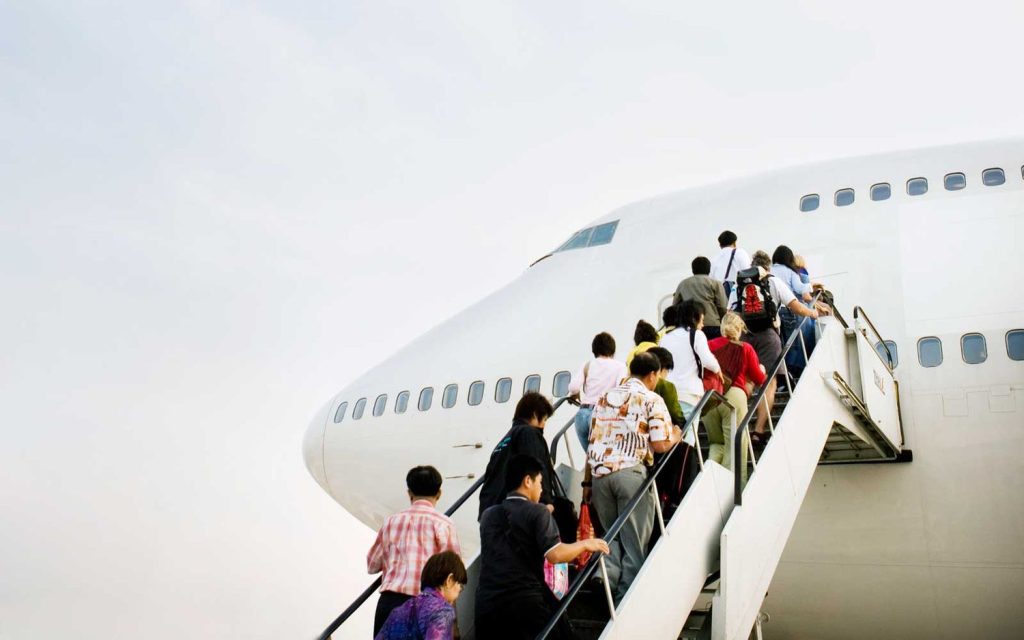 Image Source / Travel + LeisureGet on your plane and immediately look where the exits are. Yes, they'll be pointed out during the safety presentation, but you can get a better look at everything as you're walking to your seat. Count how many rows between your seat and the exit. Try to memorise the layout, because remember: the lights may not be on if you crash and you'll need to know your way in darkness.
Image Source / Travel + LeisureGet on your plane and immediately look where the exits are. Yes, they'll be pointed out during the safety presentation, but you can get a better look at everything as you're walking to your seat. Count how many rows between your seat and the exit. Try to memorise the layout, because remember: the lights may not be on if you crash and you'll need to know your way in darkness.Advertisement
22. If You Have Kids, Discuss A Plan With Your Partner
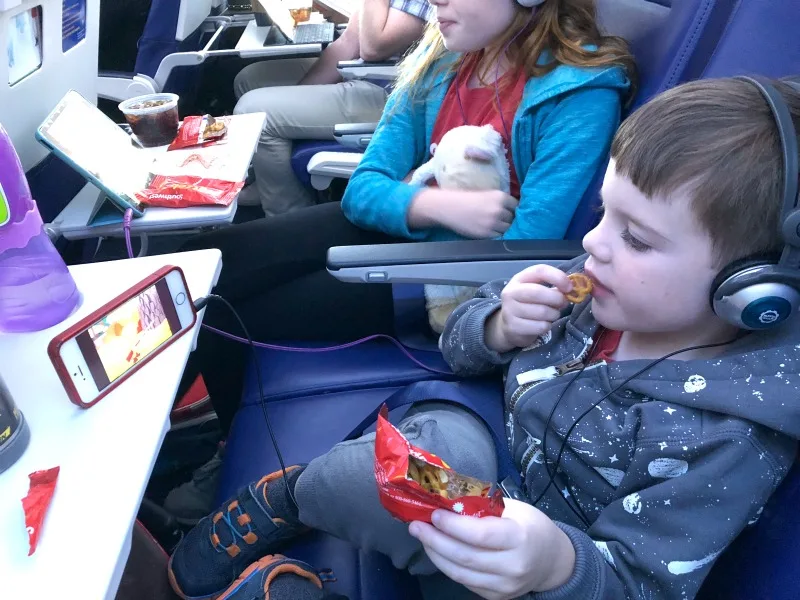 Image Source / Trips With TykesIt doesn't matter if you're traveling with one kid, or more - communication with your partner is key. You could ask them who is going to grab which kid in the event of a crash, so you don't waste time trying to get all your kids together or debating who's doing what. That way, you can grab the child you need and know that your partner is grabbing the other. Obviously this changes if you have more than two children with you, but again, just have a chat about who's getting which kid!
Image Source / Trips With TykesIt doesn't matter if you're traveling with one kid, or more - communication with your partner is key. You could ask them who is going to grab which kid in the event of a crash, so you don't waste time trying to get all your kids together or debating who's doing what. That way, you can grab the child you need and know that your partner is grabbing the other. Obviously this changes if you have more than two children with you, but again, just have a chat about who's getting which kid!Advertisement
23. If You're A Single Parent Traveling With Kids, Think About Another Option
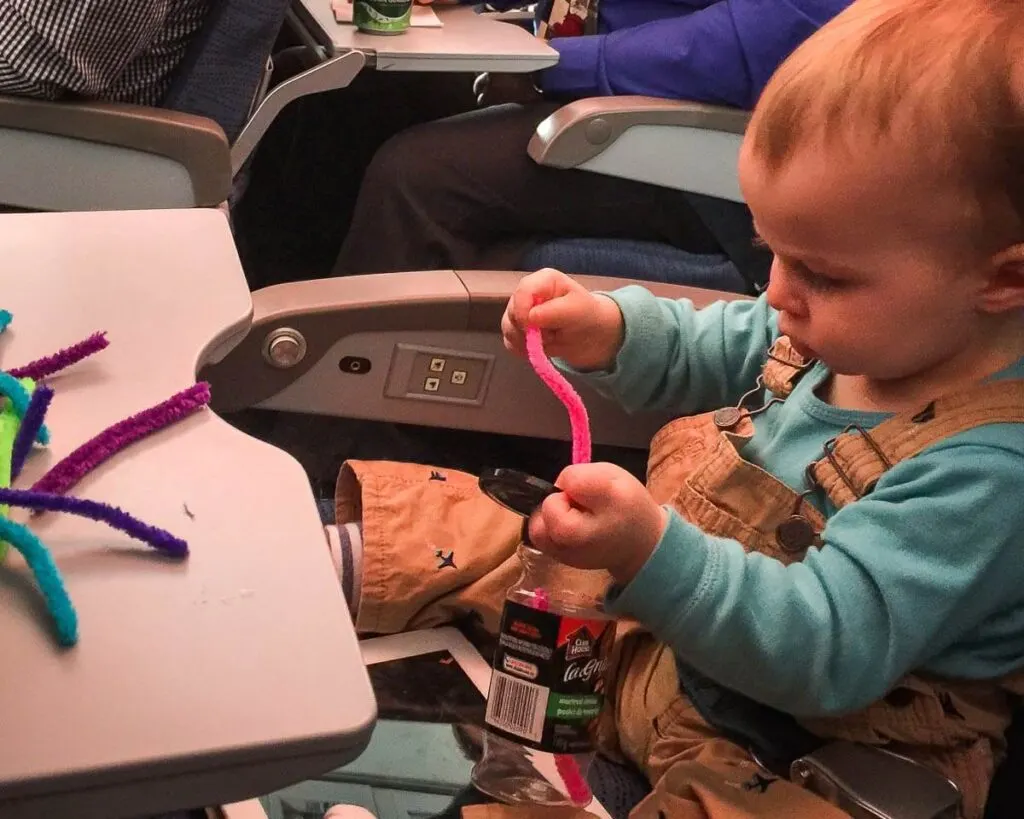 Image Source / Baby Can TravelIf you're seated next to a friendly person you've had a quick chat with on the flight, you may even want to ask them - as horrible as this sounds - if they could help you get out your children if it comes to that. If you can grab one child and have the other person in your row grab another for you, for example, it might help. Otherwise, think of another way you could do it so you know ahead of time.
Image Source / Baby Can TravelIf you're seated next to a friendly person you've had a quick chat with on the flight, you may even want to ask them - as horrible as this sounds - if they could help you get out your children if it comes to that. If you can grab one child and have the other person in your row grab another for you, for example, it might help. Otherwise, think of another way you could do it so you know ahead of time.Advertisement
24. If Your Kids Are Old Enough, Explain Everything To Them
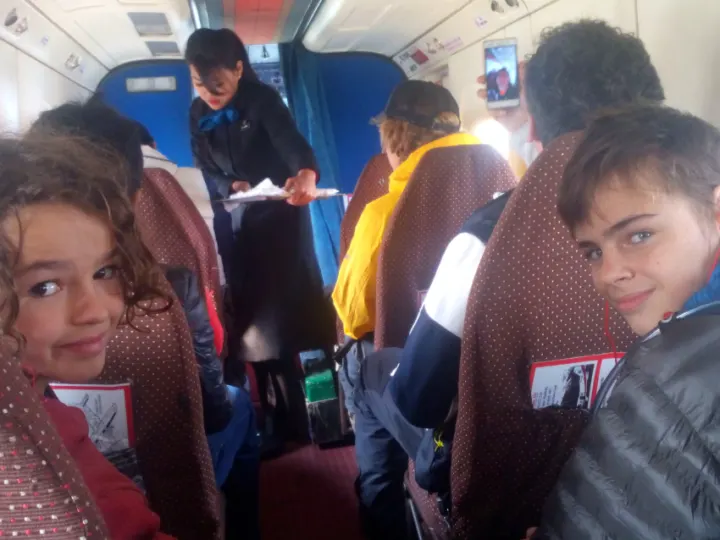 Image Source / World Travel FamilyTo make it more likely you and your family can survive, it's good to talk to your kids ahead of time about getting themselves to safety. If you can give them an action plan so they know what to do should the worst happen, it can save you from wasting time trying to get them to safety first. Obviously help each other, but if your kid can immediately go to the exit without you having to unbuckle their seatbelt or point the exit out to them, it could save time.
Image Source / World Travel FamilyTo make it more likely you and your family can survive, it's good to talk to your kids ahead of time about getting themselves to safety. If you can give them an action plan so they know what to do should the worst happen, it can save you from wasting time trying to get them to safety first. Obviously help each other, but if your kid can immediately go to the exit without you having to unbuckle their seatbelt or point the exit out to them, it could save time.Advertisement
25. Don't Depend On The Flight Crew
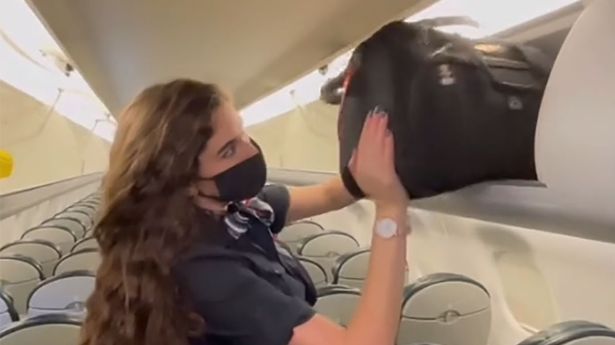 Image Source / The MirrorOf course the crew is there to help you and keep you safe. But who knows what's going to happen to them in a crash. They might not be conscious or able to shout instructions or point out the exits again. A lot of people can be complacent because they think, in the event of a crash, all the crew will be there to guide them out, but it might not be the case.
Image Source / The MirrorOf course the crew is there to help you and keep you safe. But who knows what's going to happen to them in a crash. They might not be conscious or able to shout instructions or point out the exits again. A lot of people can be complacent because they think, in the event of a crash, all the crew will be there to guide them out, but it might not be the case.Advertisement
26. Pay Attention To The Safety Briefing
 Image Source / Daily MailWe'd be lying if we said we didn't zone out a little bit when the cabin crew is doing their safety presentation. Sometimes the mind wanders because you're so excited about your vacation, or you just think that you don't need to listen because you've seen the exits. But definitely pay attention to the safety presentation, and encourage your family members to do the same if you're traveling with them.
Image Source / Daily MailWe'd be lying if we said we didn't zone out a little bit when the cabin crew is doing their safety presentation. Sometimes the mind wanders because you're so excited about your vacation, or you just think that you don't need to listen because you've seen the exits. But definitely pay attention to the safety presentation, and encourage your family members to do the same if you're traveling with them.Advertisement
27. And Give Your Safety Card A Quick Read
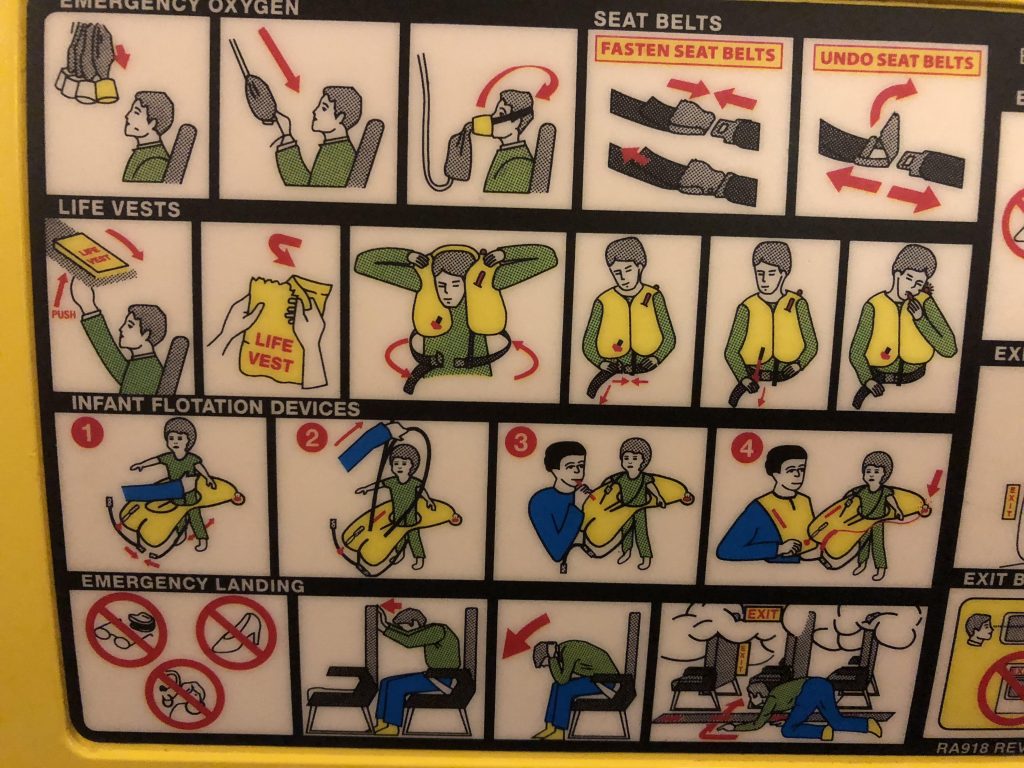 Image Source / Dreamstime.comIf you have zoned out during the presentation despite your best efforts, don't forget that the safety card with your seat is there for you to read! It's a good idea to do this anyway, as the pictures can also help you to better understand what you need to do. It's always boring waiting to set off anyway, so you might as well read it to give yourself a better chance.
Image Source / Dreamstime.comIf you have zoned out during the presentation despite your best efforts, don't forget that the safety card with your seat is there for you to read! It's a good idea to do this anyway, as the pictures can also help you to better understand what you need to do. It's always boring waiting to set off anyway, so you might as well read it to give yourself a better chance.Advertisement
28. Don't Think Because You're A Frequent Flier, You're Better Informed
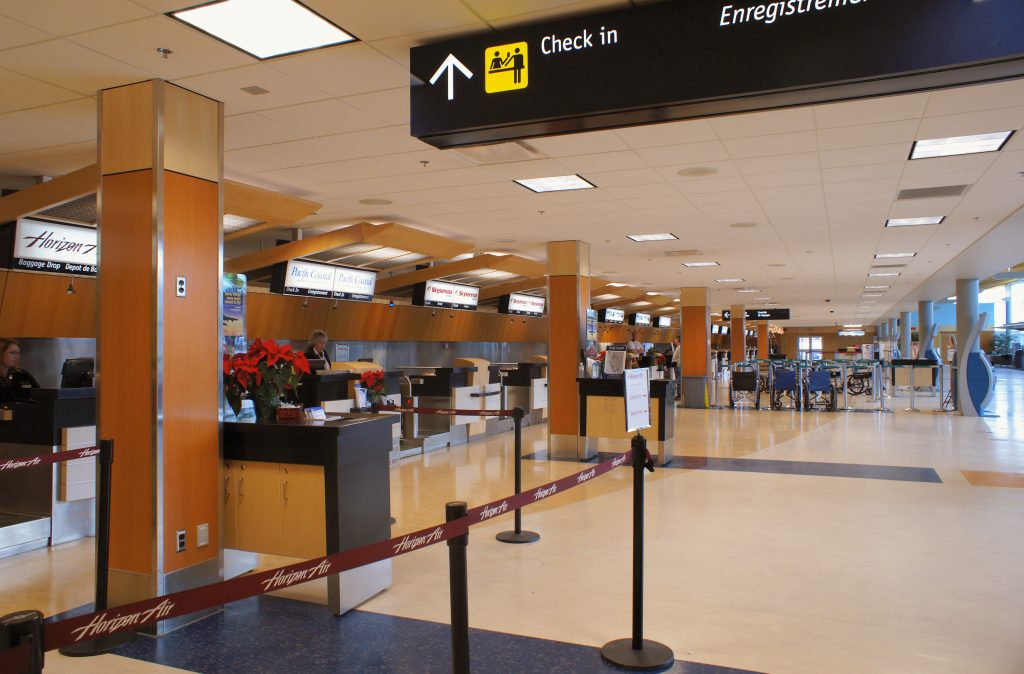 Image Source / WikipediaA lot of frequent fliers get more complacent than those who don't go on a plane that often, especially in regard to safety. When you fly so much, it can become like second nature and it's more likely you're paying less attention to usual safety instructions because you're so used to it. But always pay attention to the safety briefing, no matter how many miles you fly.
Image Source / WikipediaA lot of frequent fliers get more complacent than those who don't go on a plane that often, especially in regard to safety. When you fly so much, it can become like second nature and it's more likely you're paying less attention to usual safety instructions because you're so used to it. But always pay attention to the safety briefing, no matter how many miles you fly.Advertisement
29. Use The Plus 3/Minus 8 Rule: Pay More Attention During The 3 Minutes After Take Off, And The 8 Minutes Before Landing
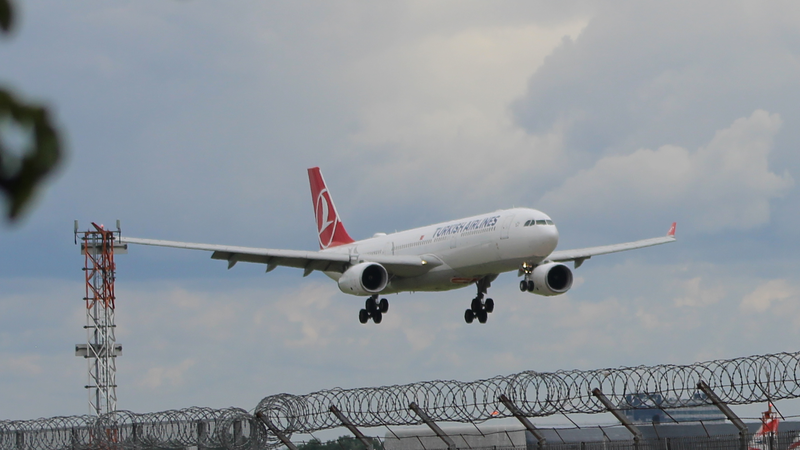 Image Source / WikipediaThis rule is important to remember, because crashes are more likely to happen during the first three minutes after take off, or the last eight minutes of the flight before landing. Which means it's going to help if you're paying more attention to what's going on during these key time frames. It's more likely you're more alert after take off, but for the eight minutes before landing side of things, make sure you're not asleep, that your shoes are on and that you haven't been going too hard with the on-board drinks.
Image Source / WikipediaThis rule is important to remember, because crashes are more likely to happen during the first three minutes after take off, or the last eight minutes of the flight before landing. Which means it's going to help if you're paying more attention to what's going on during these key time frames. It's more likely you're more alert after take off, but for the eight minutes before landing side of things, make sure you're not asleep, that your shoes are on and that you haven't been going too hard with the on-board drinks.Advertisement
30. Put Your Oxygen Mask On The Second It Drops
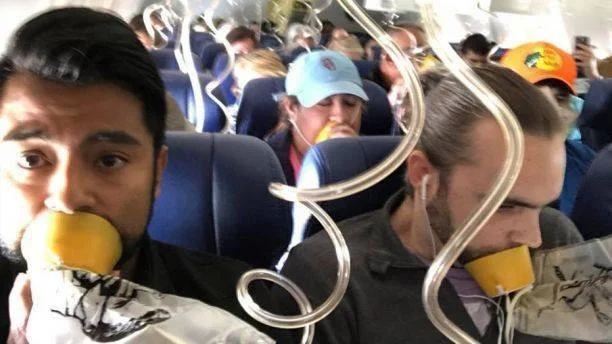 Image Source / RedditOxygen masks will drop when you need them - that's what they're there for. But they're not there to put on when you start to feel as though you need them, or when you've given yourself a minute or two to process. You actually only have a few seconds before oxygen deprivation can affect your brain. So the second that mask drops, put it on! This is also the reason it's advised to put yours on first before helping others - because if your brain is impaired, you won't be much use to other people.
Image Source / RedditOxygen masks will drop when you need them - that's what they're there for. But they're not there to put on when you start to feel as though you need them, or when you've given yourself a minute or two to process. You actually only have a few seconds before oxygen deprivation can affect your brain. So the second that mask drops, put it on! This is also the reason it's advised to put yours on first before helping others - because if your brain is impaired, you won't be much use to other people.Advertisement
